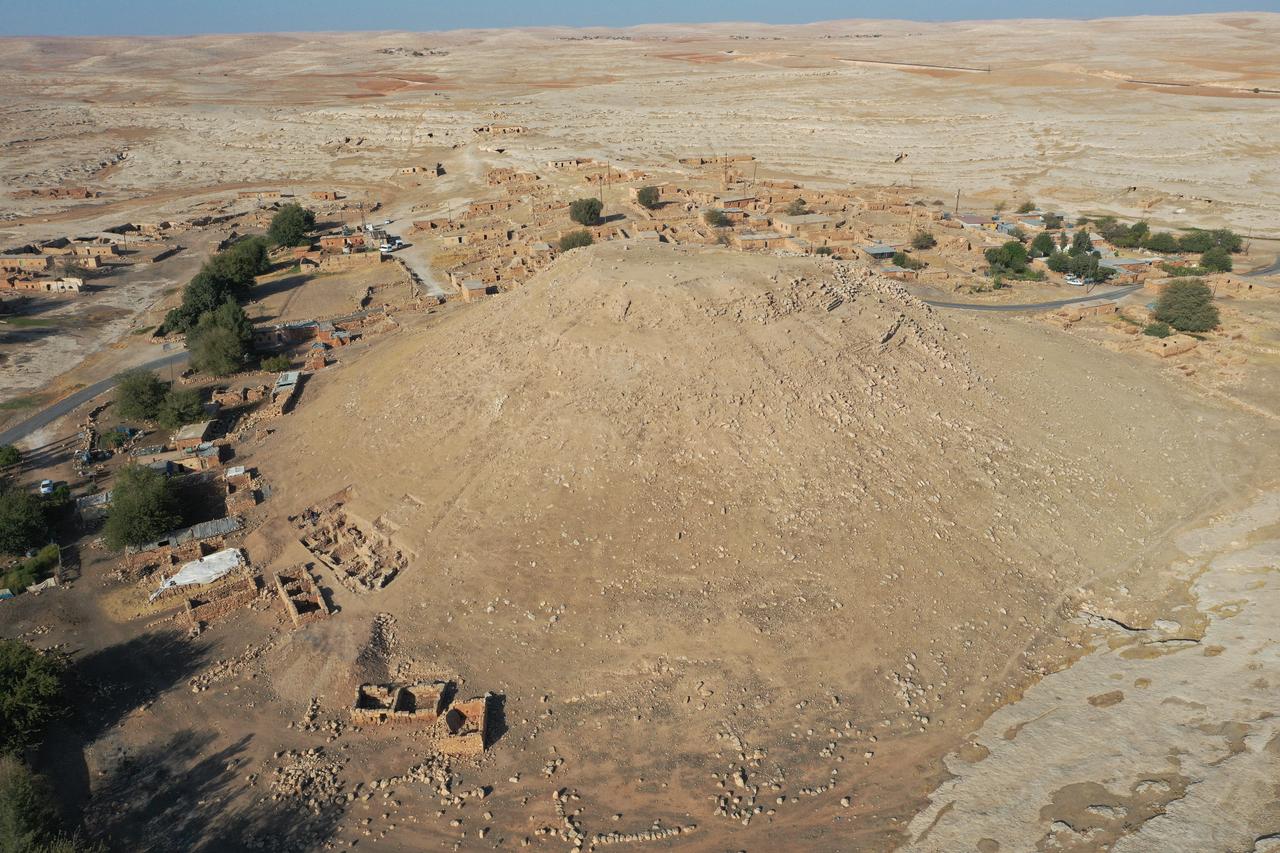
Archaeologists excavating the ancient city of Sogmatar near the rural Yagmurlu neighborhood of Eyyubiye in Sanliurfa, Türkiye, have brought to light a large public building dated to roughly 3,000 years ago, in the Iron Age associated with the Neo-Assyrian period.
The work has been carried out for about four years under the Ministry of Culture and Tourism’s “Heritage for the Future Project."
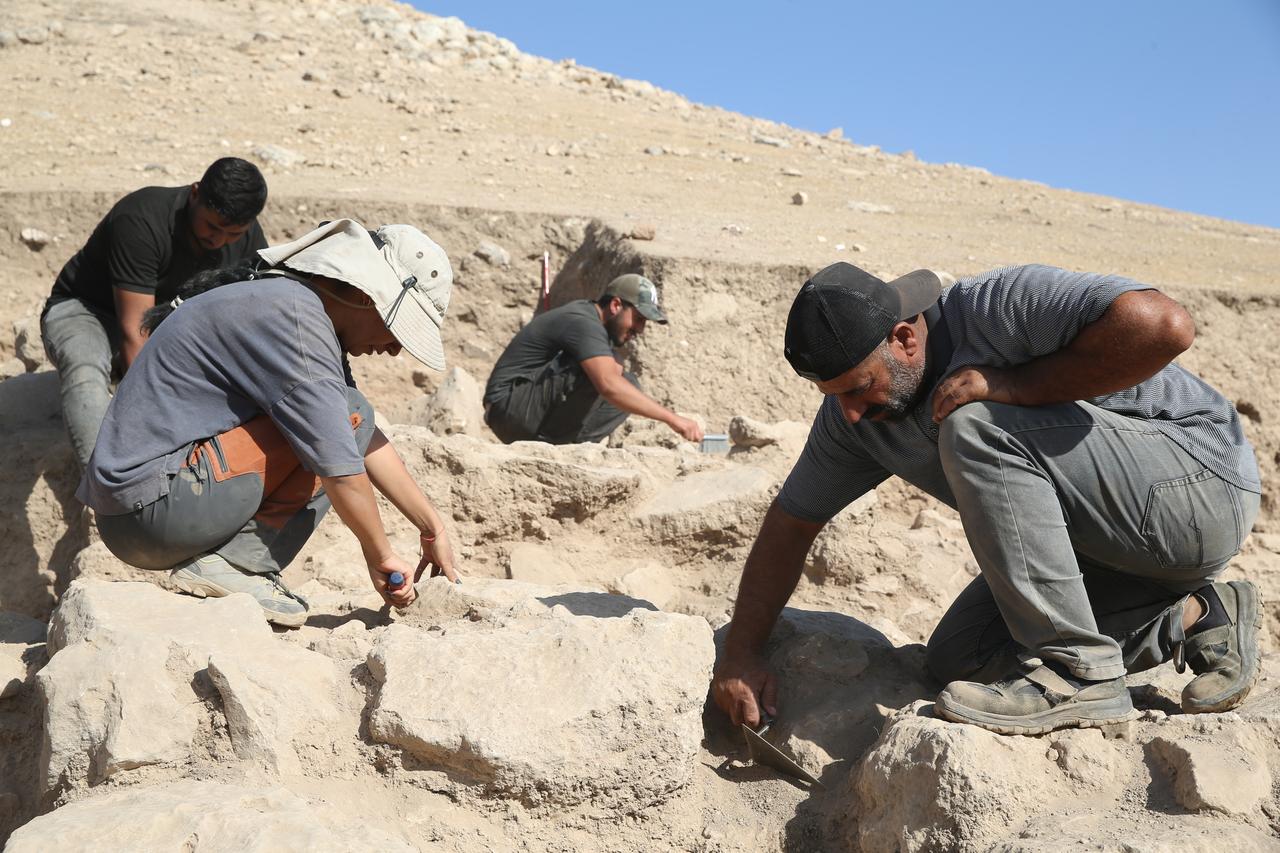
Excavation director Suheyla Irem Mutlu said the team has been working both on the 23-meter-high mound—which refers to a settlement-layered earthen hill formed over long periods—and across a surrounding necropolis, defined as a cemetery area that often contains rock-cut chambers, sarcophagi and monumental tombs typically outside ancient city limits.
According to Mutlu, the aim is to determine how far back the site’s past truly goes.
“We are trying to show how much further back this ancient city’s past goes with the work we are doing both on the mound and in the rock-cut tombs.”
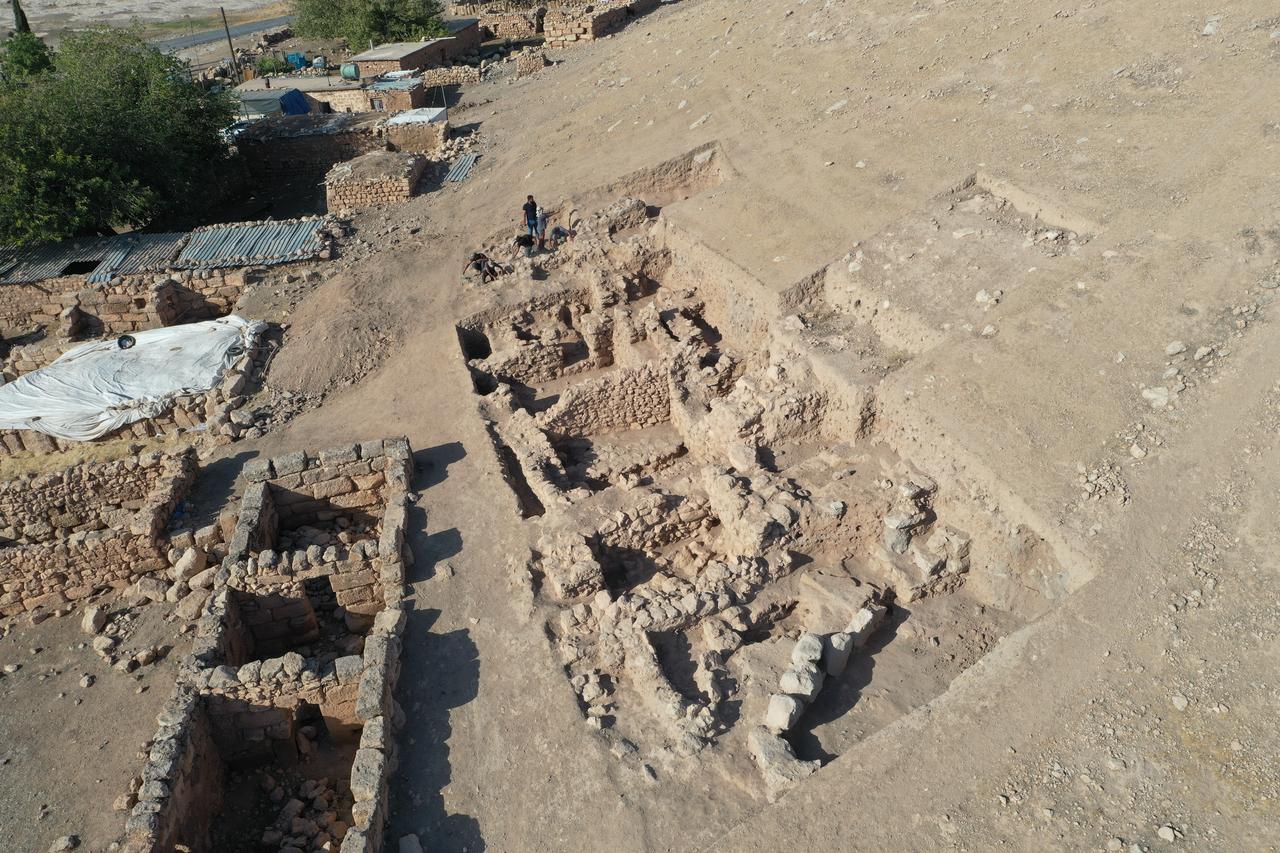
Sogmatar has been regarded as a sacred center throughout history, known for reliefs of the Moon God Sin and Sun God Samas and for extensive rock-cut tombs.
Excavations continue under the coordination of the Ministry of Culture and Tourism, with Sanliurfa Museum Director Celal Uludag and support from Harran University archaeologist Semih Mutlu and students working within the Heritage for the Future framework.
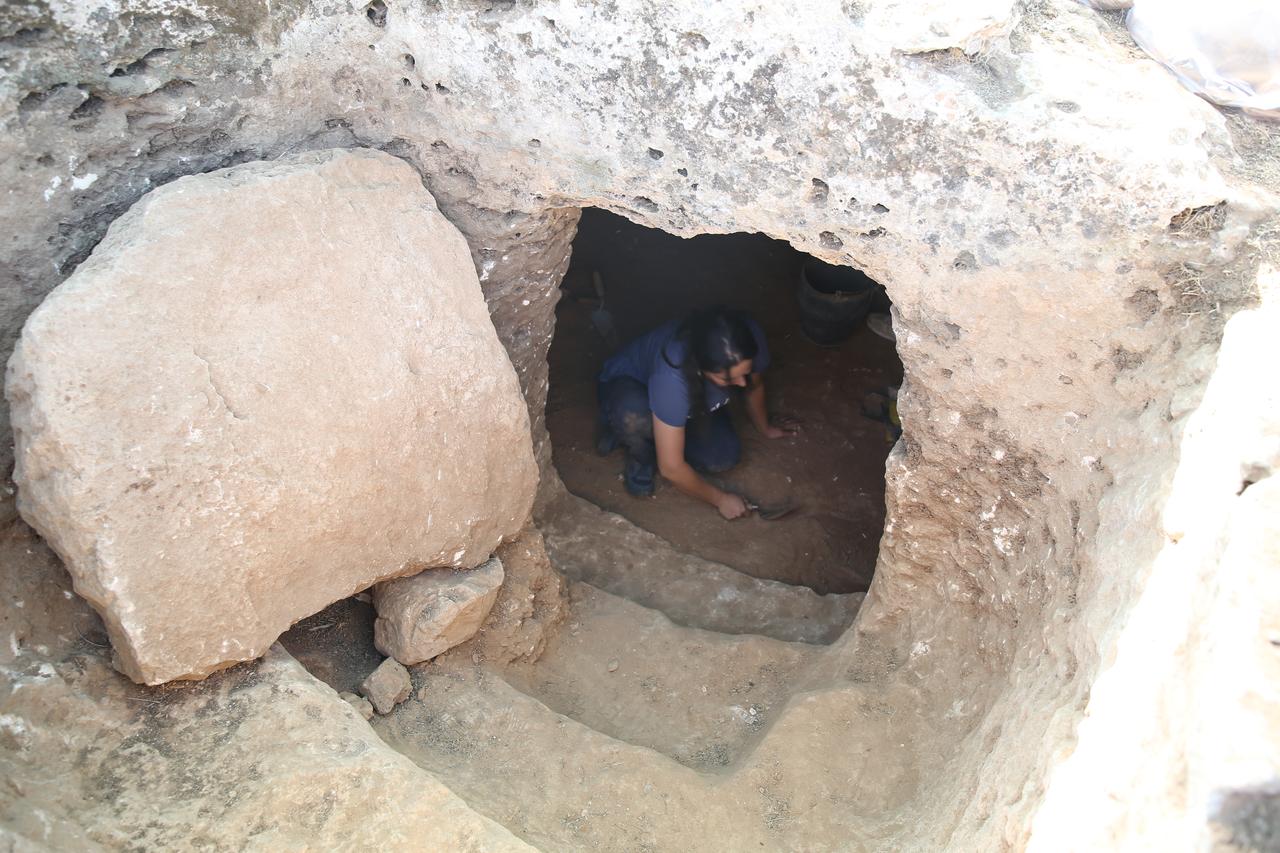
Within areas spanning the Roman Period and the Early Bronze Age, the team has identified 83 rock-cut tombs so far.
Two distinct tomb types have emerged: well-shaft rock-cut graves attributed to the Early Bronze Age around the 2,400s B.C. and more elaborate, stepped-entrance tombs from the Roman period.
Mutlu noted that the necropolis likely served an elite, high-status community.
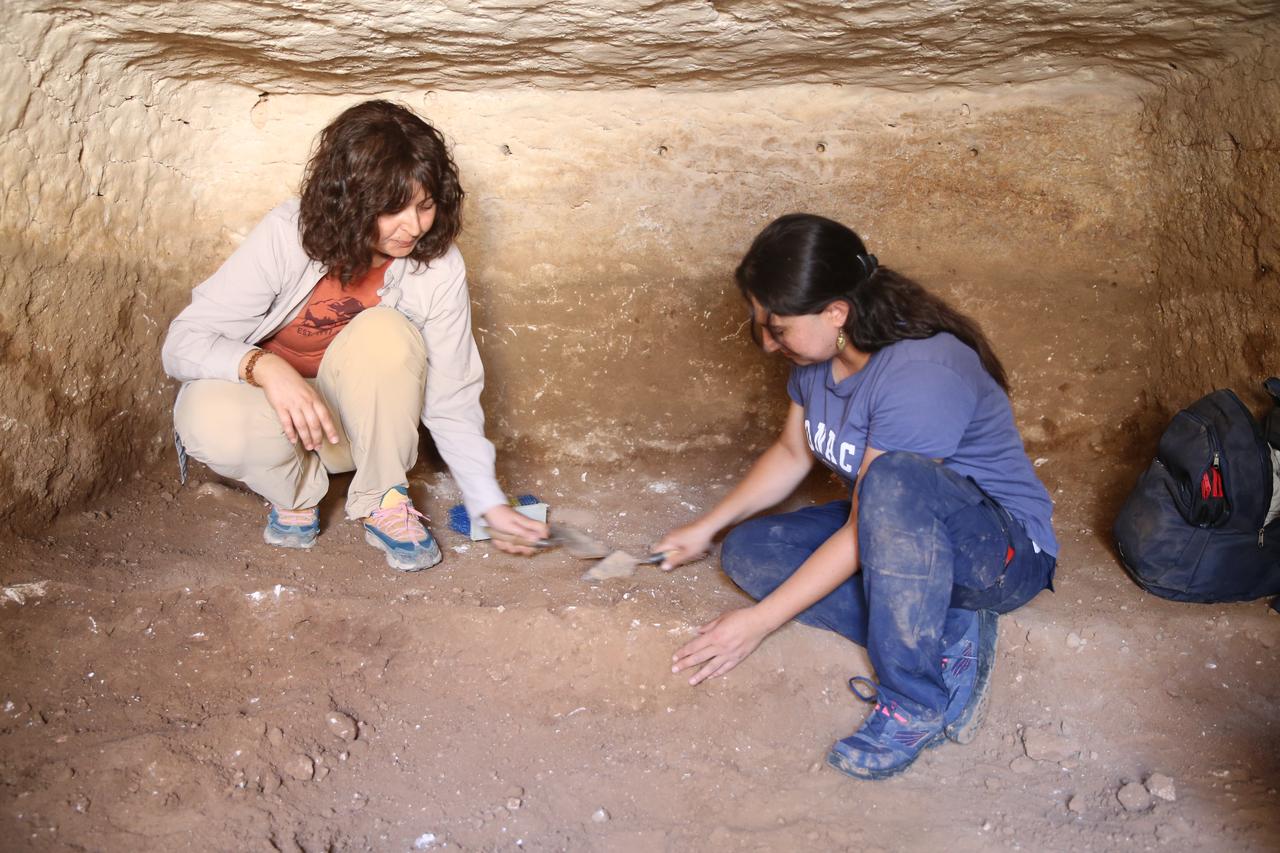
The newly revealed public complex contains seven separate rooms. Each room preserves walls about 2 meters (6.56 feet) high and roughly 1 meter thick, reinforcing the scale of the Iron Age construction.
Mutlu added that the findings now carry Sogmatar’s occupational history back to the Iron Age and stressed the need to evaluate the city as a whole—mound and necropolis together—to understand its development over time.